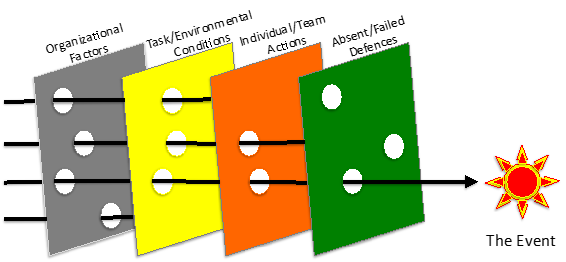In an earlier post, I was talking about ‘friendly triangles’ as an example of unconscious things that inform my interactions with problems and math. Today, I wanted to talk about some other aspects of solving math problems that I didn’t notice I did until I had to teach mental math*, a number of years a.
I was trying to describe mental math, when I noticed all of the little assumptions I made, all the little tricks that I used to make math and mental math easier and more likely to end up correct**.
Some of these tricks were:
– The curve on the bottom of the lower case ‘t’, so it didn’t look like a ‘+’ sign
– Curved ‘x’, I’m guessing so it doesn’t look like a multiplication symbol (this one is lost to the mists of history for me
– Lining up equals signs
– Being very conscious of only having one equality per line
– Friendly triangles (1,1,sqrt(2), 1,2,sqrt(3), 3,4,5)
– Looking for radii of circles in geometry problems
– Various methods for making sure that I always itemized all of the permutations or combinations***
Once I noticed that I was doing these tricks, it was a matter of figuring out which were useful enough to spend my students’ time on. Many of them would probably be most usefully conveyed by demonstration in passing, like the way a painting instructor would demonstrate brush stroke by example.
Knowing then what I know now, I might have tried to help them come up with rules for each type of situation, but in hindsight, it’s probably best I didn’t****. What I do remember is teaching geometry problems with the advice ‘draw a big picture*****’, and ‘label everything you know or can figure out’, which feels like sound advice for solving all sorts of problems.
To this day, it’s probably why all my notebooks are slightly-larger-than-larger blank sketch pads.
*To adults, as part of standardized testing preparation.
**I remember being one of those school math students who did really well overall, but was constantly doing ‘stupid mistakes’, where I would drop a sign, or reverse something/etc… I think I compensated for this be extra checking and all the little tricks I’ll be talking about above. Or have already talked about above, it you’re reading the footnotes after all of the post.
***I actually learned this
****I don’t actually remember what I told them. I seem to recall it was just a bunch of working through problems.
*****Thanks prof. Collins!
